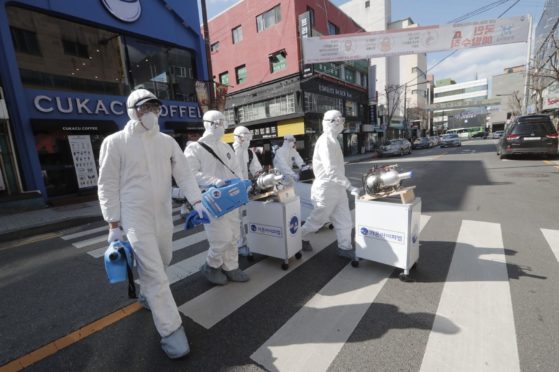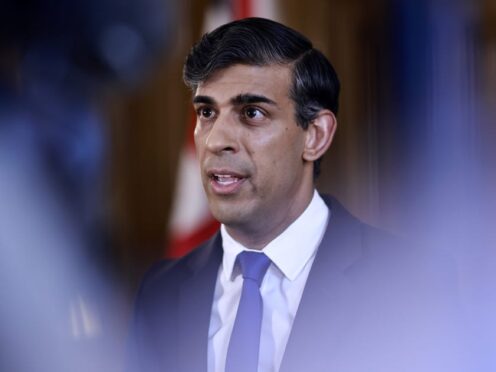Britain abandoned coronavirus testing in March because the outbreak was already out of control and hundreds of thousands of people were infected, officials have admitted.
Professor John Newton, leader of the UK Covid-19 testing programme, told MPs it would have not have been possible to replicate the South Korean model of mass testing, tracking and tracing due to level of infection already in the population.
Prof Newton, appearing before the science committee, revealed there had been a discussion in the Scientific Advisory Group for Emergencies (Sage) in February that established it would “not be worthwhile” to continue contact tracing.
It was a decision, of course, of government, informed by all its advisers.”
Professor John Newton
He said: “There was discussion, in fact, with Sage in February which established that when community transmission was established in the country it would not be worthwhile to carry on with contact tracing, which is, in fact, the South Korean model.
“When in March it became apparent that community transmission was occurring and we had multiple injections, introductions from different countries in the UK, that decision was then enacted.
“It was a decision, of course, of government, informed by all its advisers.”
He added: “The epidemiology was crucial, we had an increase in the number of cases in March, the advice from modellers was that within a short period we would expect to be having a million cases in the UK and, of course, if you have a million cases there’s no way, however much contact tracing or testing capacity you have, that you can pursue the South Korea model.
“At that point the government decided to move to lockdown, which was the most appropriate response to the epidemiology in the UK at the time.”
This view was echoed by his colleague, PHE medical director Professor Yvonne Doyle, who also appeared in front of the committee via video-link.
She said: “We had multiple introductions, with many hundreds of thousands of people by March who had been exposed to this virus.
“Contact tracing could not possibly have had the capacity to address that.”
Prof Doyle said she is sure there are “many, many things” we will learn to do differently following the pandemic, but she insisted that in terms of testing capacity, there was not “much more” the UK or devolved governments could have done.










